|
Ella Stewart Care has partnered with Mmars, Inc. to help provide protective gear for medical personnel in Venezuela during the COVID-19 pandemic. Many medical personnel, teachers, first responders, and civilians in Venezuela have been affected by COVID-19 due to the lack of protective gear and equipment in the country. Ella Stewart Care and Mmars, Inc. are donating face shields, disposable gowns, face masks, and hand sanitizer to aid Venezuelans during this crisis.
3 Comments
Our agency initiated mandatory COVID-19 training for all caregivers and provided personal protective equipment (PPE), such as gloves and masks to aides working in CCRCs, and to our caregivers and families who are having trouble acquiring their own supplies. In addition, our caregivers must answer questions regarding possible exposure and symptoms prior to each shift through a custom electronic reporting system. By implementing these new policies quickly, our nurses have had the added benefit of communicating daily with our aides during the pandemic, and taking action when needed to ensure the safety and good health of both clients and staff. Learn more about our COVID-19 precautions by clicking here. Thank you Solaya Swim for making over 100 masks for our caregivers and clients at Ella Stewart Care!
Sarah Stewart, owner of Solaya Swim, is the granddaughter of Ella Stewart. Sarah has not only made masks for our company, but she has also donated nearly 200 masks to essential workers in hospitals and homeless shelters in the Baltimore area. Sarah’s efforts to support the local community would have made Ella proud! One of Ella's passions was supporting the Baltimore community by making and donating quilts to Maryland General Hospital. Thank you to all Ella Stewart Care aides, essential workers, and community members who are doing their part by wearing masks and keeping our community healthy and safe. Find out more about our COVID-19 precautions: Here
By Anna Hazard
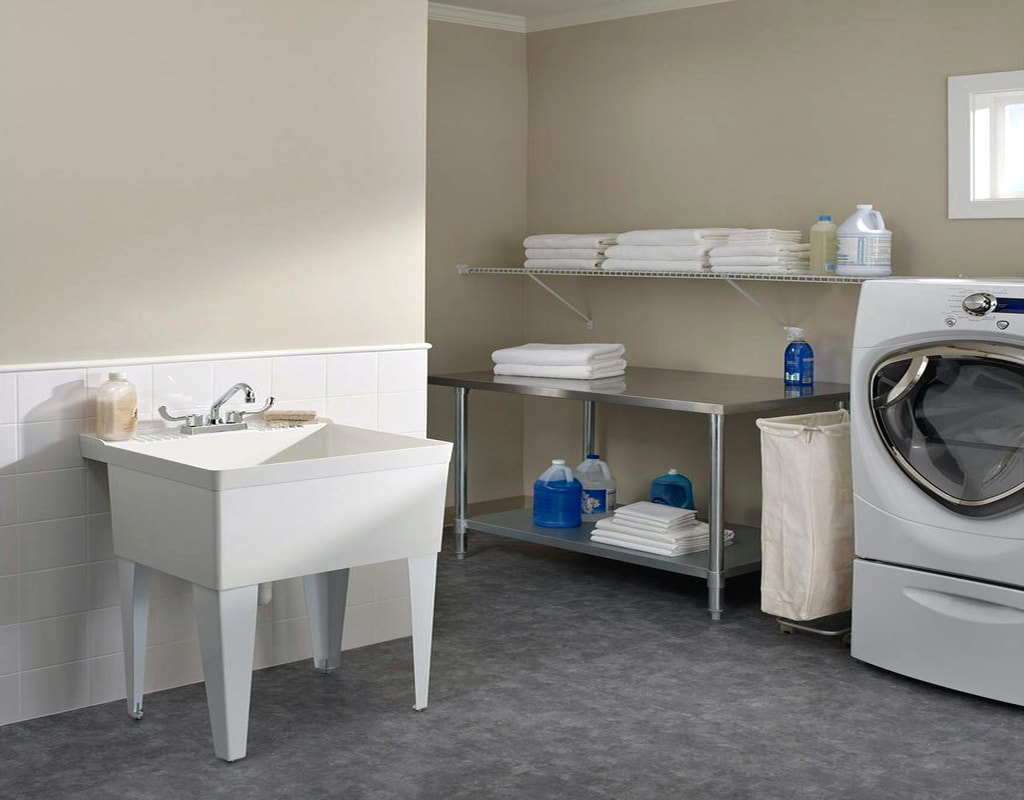
Available at Home Depot
Introduction
The penultimate section of our aging in place series finishes off the laundry room with tips & advice for some often overlooked options such as accessible laundry sinks, lighting & outlets, as well as laundry appropriate flooring. Due to similar functions, many of the previous guidelines mentioned for bathroom & kitchen accessibility can also be applied to this location.
By Anna Hazard
Introduction
There is a large selection of other storage and organization options for the laundry room besides the previously mentioned cabinets, shelving, and countertops. This includes various racks, bins, foldaway boards for ironing, and other miscellaneous equipment.
Due to its function, some of the main elements to keep in mind include having storage that is suitable for a sometimes moist environment as well as keeping the general area free from anything that might snag, rip, or wrinkle cloth.
By Anna Hazard
Introduction
Storage within a laundry room layout meant for aging in place should focus on safety, easy accessibility, and on lowering the amount of effort required to complete each task. Cabinets and countertops should be carefully located within close proximity to the room's appliances for easy transfer of laundry without hampering movement or maneuverability.
If cabinets or other storage & work areas are located too far away from the washing machine or dryer than shifting clothing and other laundry items will become more onerous & require more physical strength. In counterpoint, an awkwardly close placement may end up blocking access to the appliances, walkway, or otherwise end up impeding movement (particularly if the user is maneuvering with a mobility aid). Otherwise cabinets, counters, and other storage places for commonly used laundry items (such as detergent, fabric softener, dryer sheets, iron & ironing board) should be placed within easy reach of the location where they will be used and at a level that will not require the user to bend over or reach above their heads.
By Anna Hazard
Introduction
Switching over to more senior friendly appliances in advance is another way to prepare the laundry room for aging in place. The major appliances within this area would be the washing machine and dryer with a main focus being on more user friendly brands and varieties that are easier to use for aging eyes and bodies.
In general, options should always be chosen that will minimize both the physical and mental effort needed when doing the laundry.
By Anna Hazard
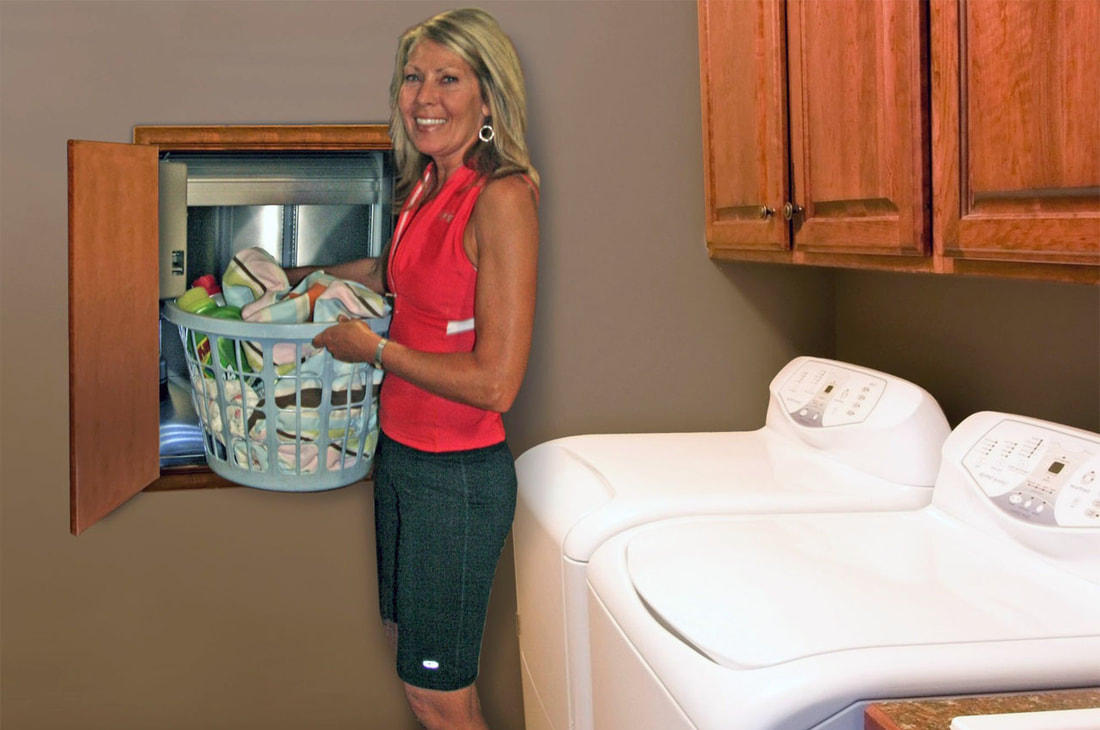
Available at Premier Lift Products
Introduction
Dumbwaiters are particularly beneficial in multi-level households that have users with more severe strength or mobility issues as they bypass the necessity of having to carry laundry either up or down the various stairs. This greatly reduces the risk of injuries due to strain, tripping, or falling and thus is the safest method of dealing with laundry that is generated and cleaned on different levels of a home. In addition, the dumbwaiter can also be used to easily transport other small & heavy objects between the different stories.
Otherwise, navigating a multi-level home with a full load of laundry for an aging-in-place household may require the installation of a more expensive wheelchair style stair lift or residential levator instead.
By Anna Hazard
Introduction
When it comes to readying the laundry room for proper accessibility and safety, more consideration should be kept in mind than simply the layout and equipment within the room itself. In particular, the various methods used to transport the laundry to and from the washing machine and dryer is of high concern considering the various dangers inherent in hauling a heavy load over an extended distance.
This becomes particularly important with the common degeneration of muscle mass, increasing limited mobility & balance issues, and the possible presence of other impairing health concerns such as arthritis that often naturally develop with age.
By Anna Hazard
Introduction
Cleaning the laundry tends to become more problematic as one ages due to increasing physical limitations including strength, dexterity, visual, and mobility problems. This makes normal laundry related chores such as carrying baskets & hampers, lifting piles of dry or wet clothes, operating complicated equipment, and using a wide variety of chemicals more daunting if not outright more dangerous. This can be further exacerbated due to utility areas such as the laundry room often tending to be lacking in amenities.
To properly prepare a household for aging in place, the basics of laundry room design (such as storage, lighting, equipment operation, and space concerns) should be implemented in order to make certain that doing the laundry and other related tasks remains safe, convenient, and easily accessible. This can be done by planning ahead and incorporating features that will accommodate potential future concerns caused by the aging process. |
AboutNews updates, tips, and guides on senior care, senior health, stress relief and a host of other caregiving related topics from the professionals at Ella Stewart Care. |

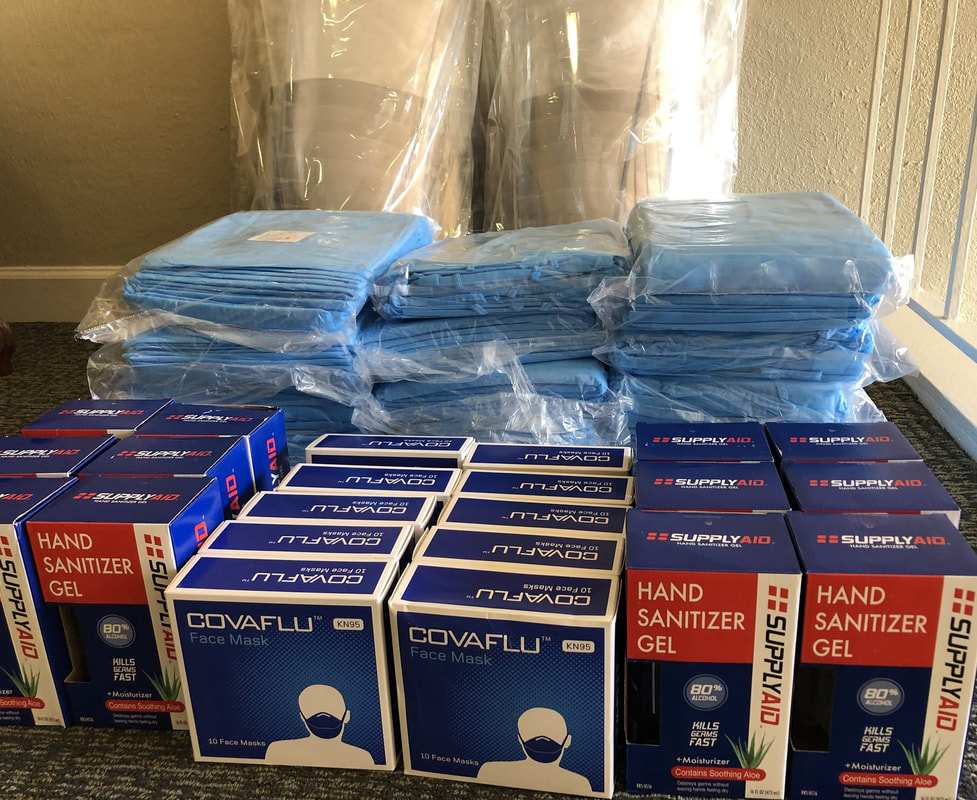
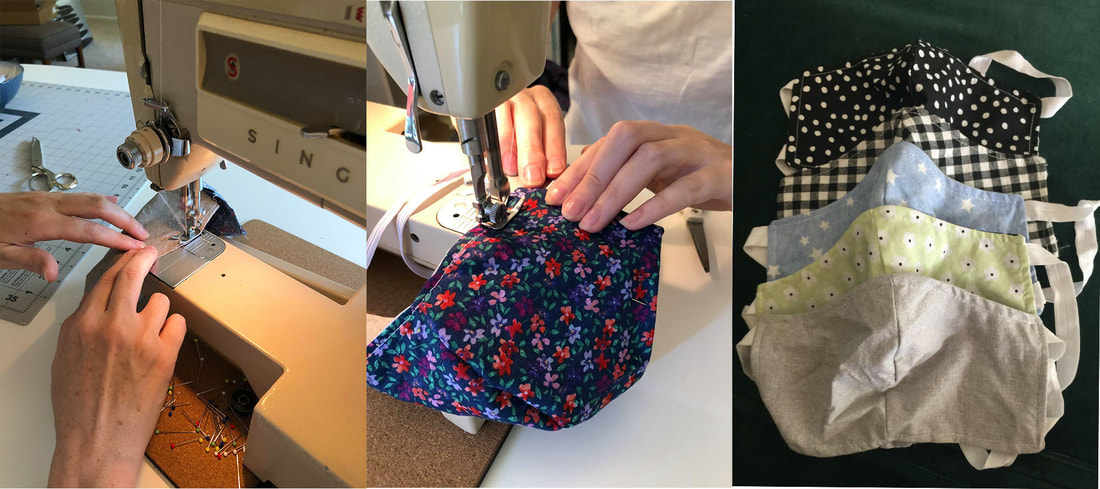




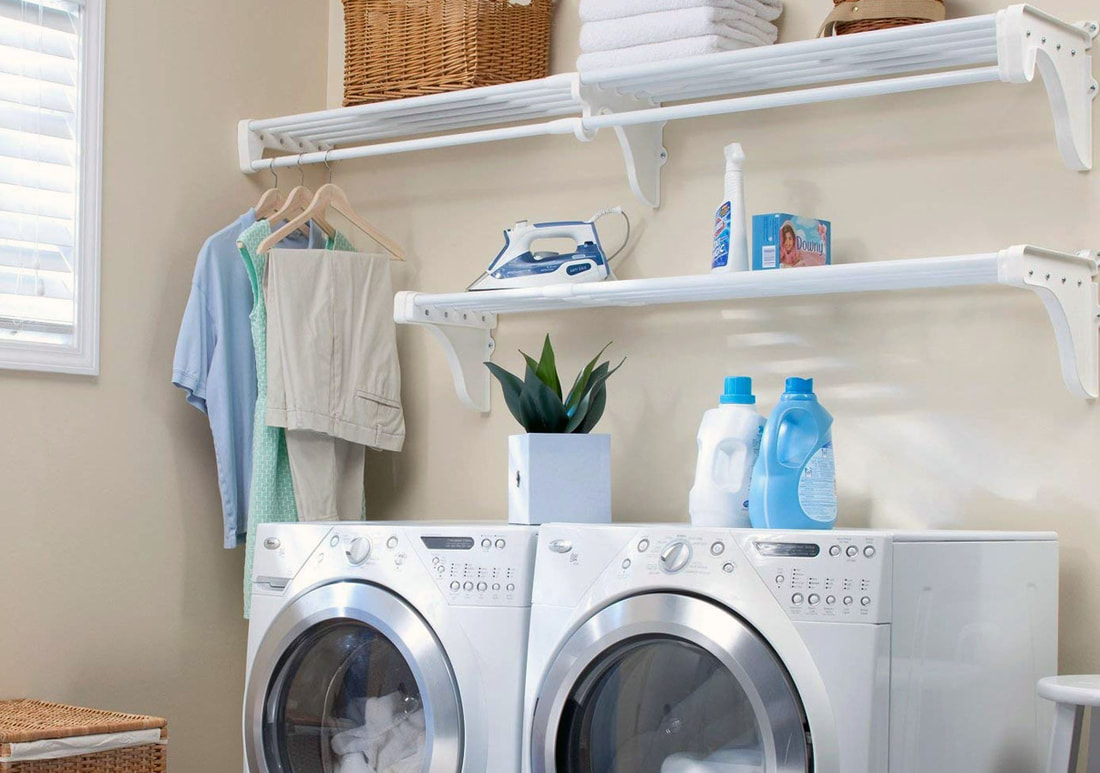
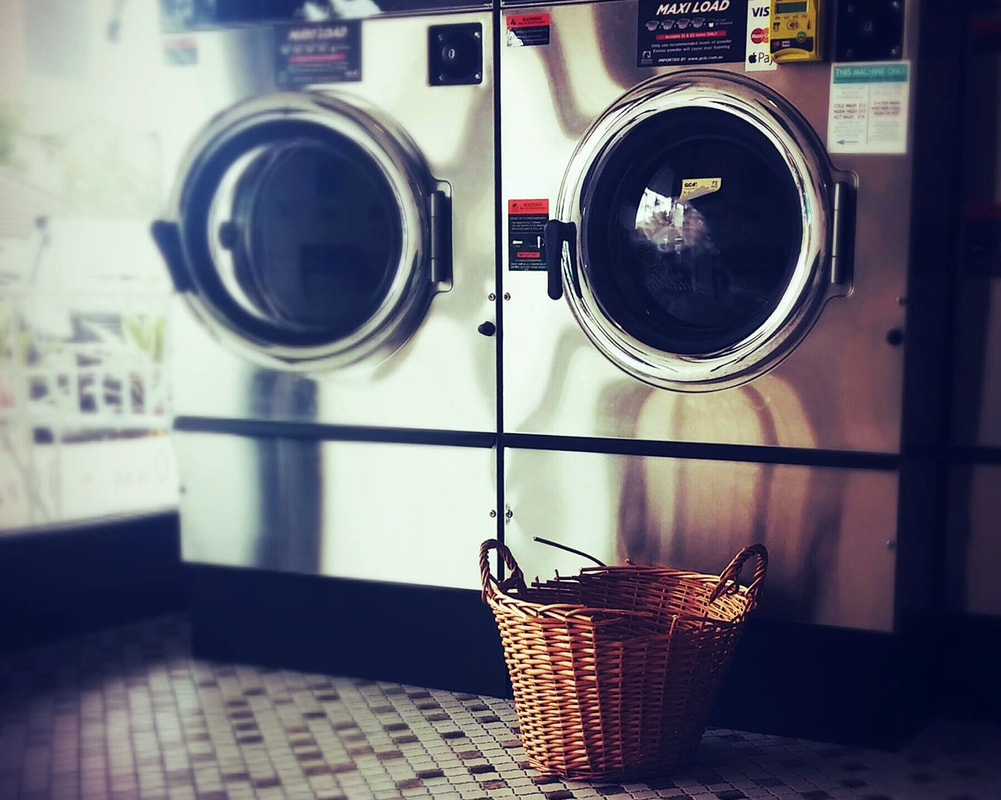
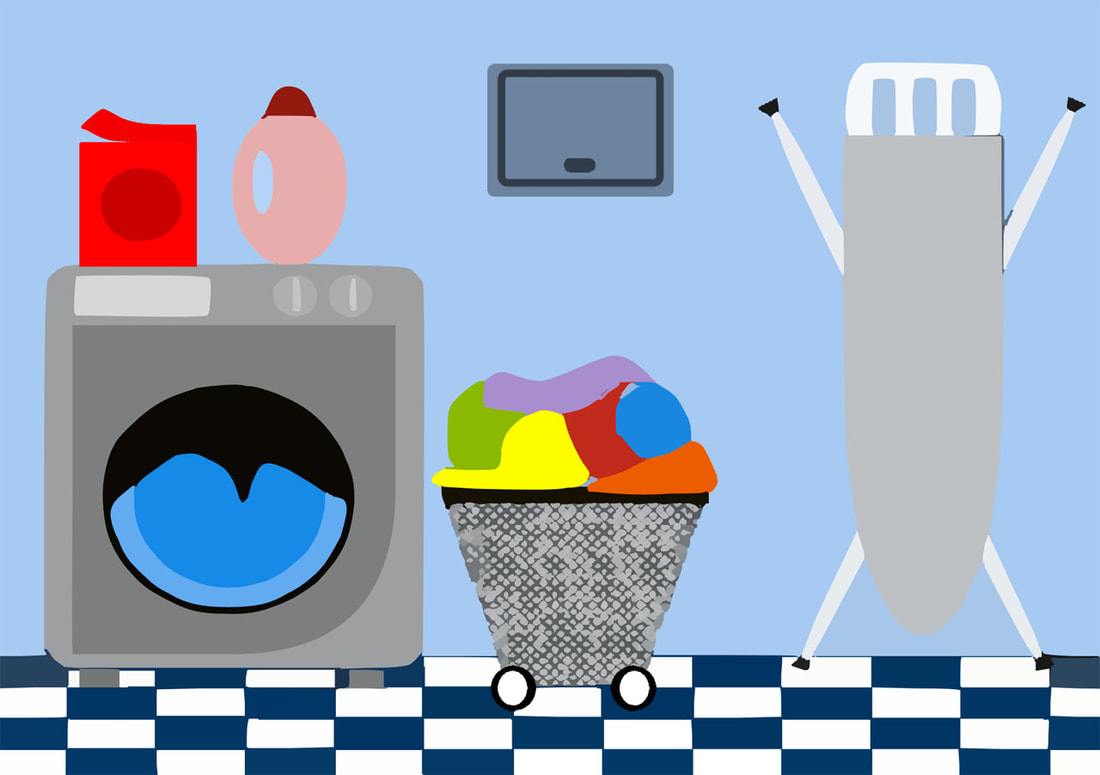
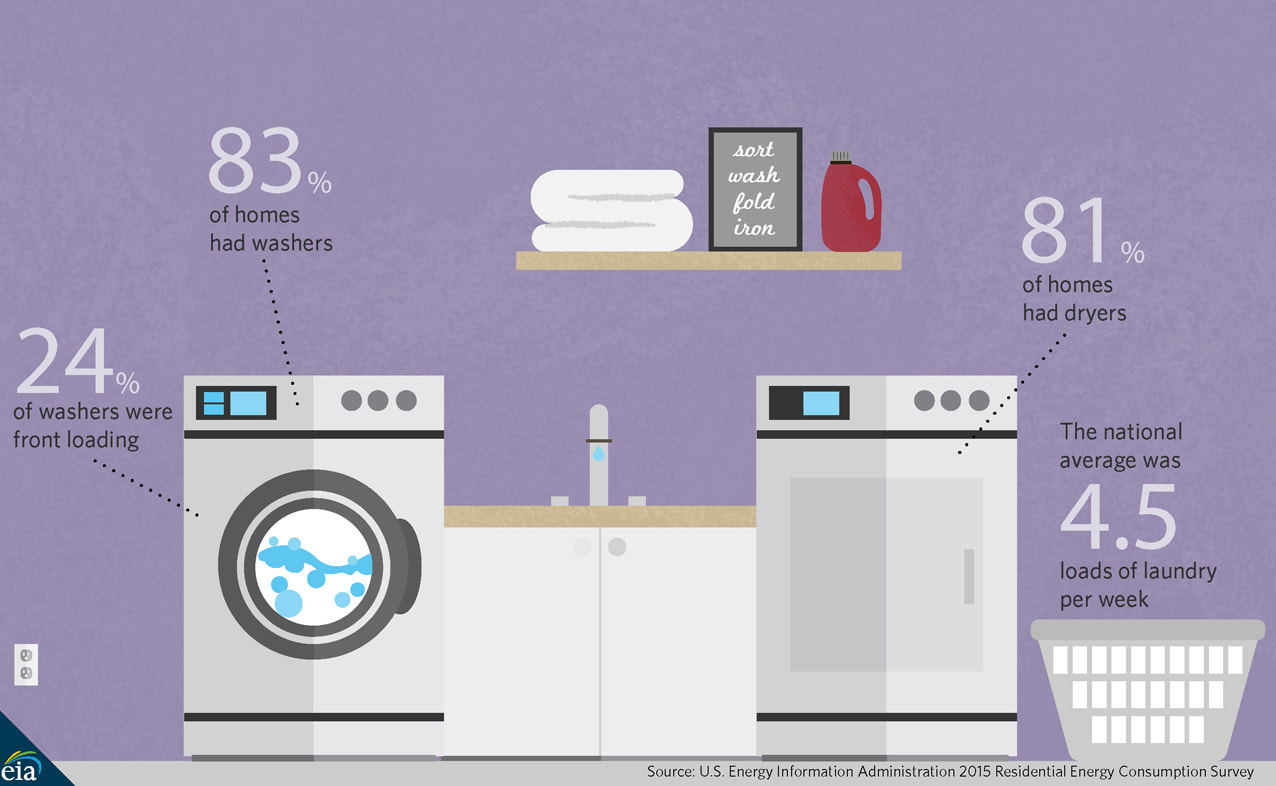

 RSS Feed
RSS Feed
